HOW TO STOP SHANKING - INSTRUCTION BY CRAIG BISHOP
Posted by GolfBox on 8th Aug 2017
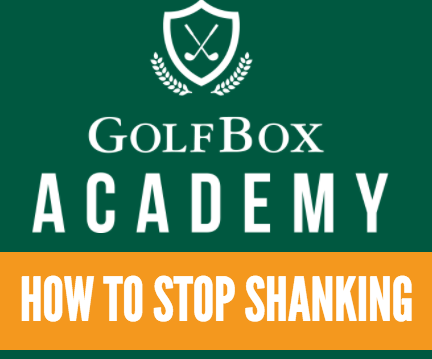
When a shank suddenly shows up unannounced and becomes an unwanted addition to your repertoire of shots, it can be downright debilitating to your game.
That uneasy feeling whenever an iron is in your hands is hard to ignore, and despite what some people will tell you, a shank is not ‘nearly a good shot’. Not even close.
A shank occurs when the club’s hosel (where the shaft meets the clubhead) strikes the ball, sending it fast, low and sideways right (for a right hander).
From my teaching experience, the shanks come calling because of two distinct swing flaws: hands that are being thrown away from the body or a pronounced inside-to-out clubpath.
Golfers who tend to cast their hands away from their body in the downswing, in an effort to square the clubface to the target, are prime candidates to enter the shank ranks.
This move effectively kills off any chance of maintaining the correct wrist angles and, in the process, moves the hosel of the club into the strike zone.
Shanks caused by an in-to-out swing path are common among established players; if you draw the ball you’re usually in this category.
A significant inside-to-out clubpath means the hands have to work overtime to manipulate the clubface to a closed position. If the timing of the hands is out, a shank can rear its ugly head if the hosel reaches the ball first rather than the centre of the club.
Which shanking category do you fit in? There’s a simple way to find out.
1. Grab two alignment sticks and place them either side of where your clubhead would sit (a clubhead apart) at address. Make sure they are parallel to the target line.
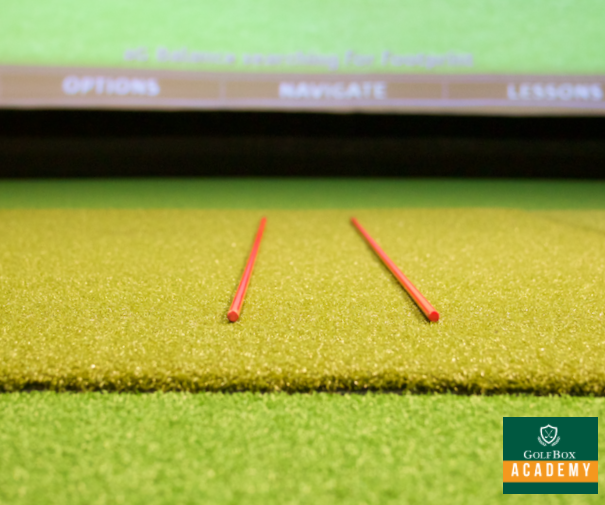
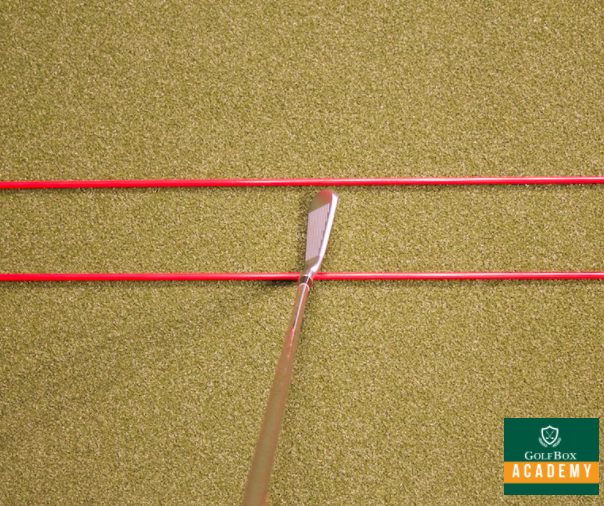
2. Now, setup normally but make one important change: turn your clubhead 90 degrees closed so the leading edge is now facing down the target line and the toe of the club is touching the ground, then regrip.
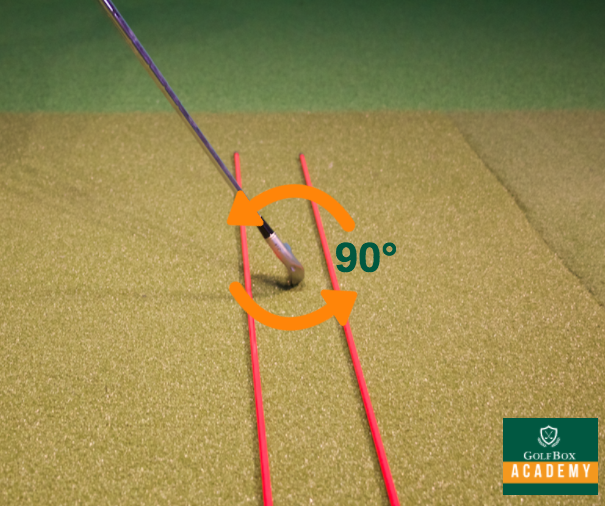
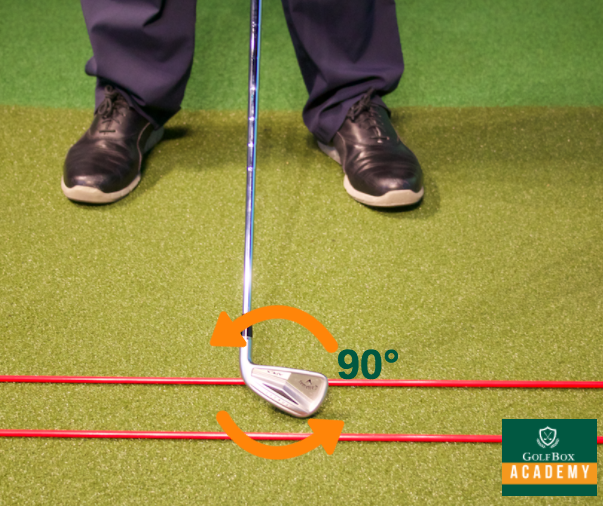
3. Place the now closed clubhead in the middle of the two alignment sticks and take a swing.
With the clubhead’s influence nullified, you can monitor what the shaft is doing in the swing.
If the clubhead brushes the outside shaft through the hitting zone, it’s the hands causing the shank; if it’s clipping the inside shaft first, then the clubpath is too inside-to-out.
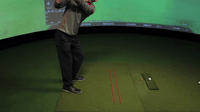
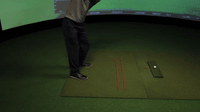
So how do you correct these faults?
1. Using the same setup, simply practise getting the clubhead (with the toe still down) to travel through the narrow strip in the middle of the two alignment sticks
2. Repeating this drill will instil the correct feeling of where the shaft should be through the hitting zone - and pretty soon you'll have left the shanks behind.
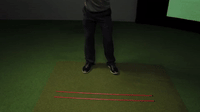
Craig Bishop is the director of teaching at the GolfBox Academy.
He was crowned the Coach Of The Year at the 2016 WA Sports Star awards and currently coaches PGA Tour Pro, Curtis Luck.




